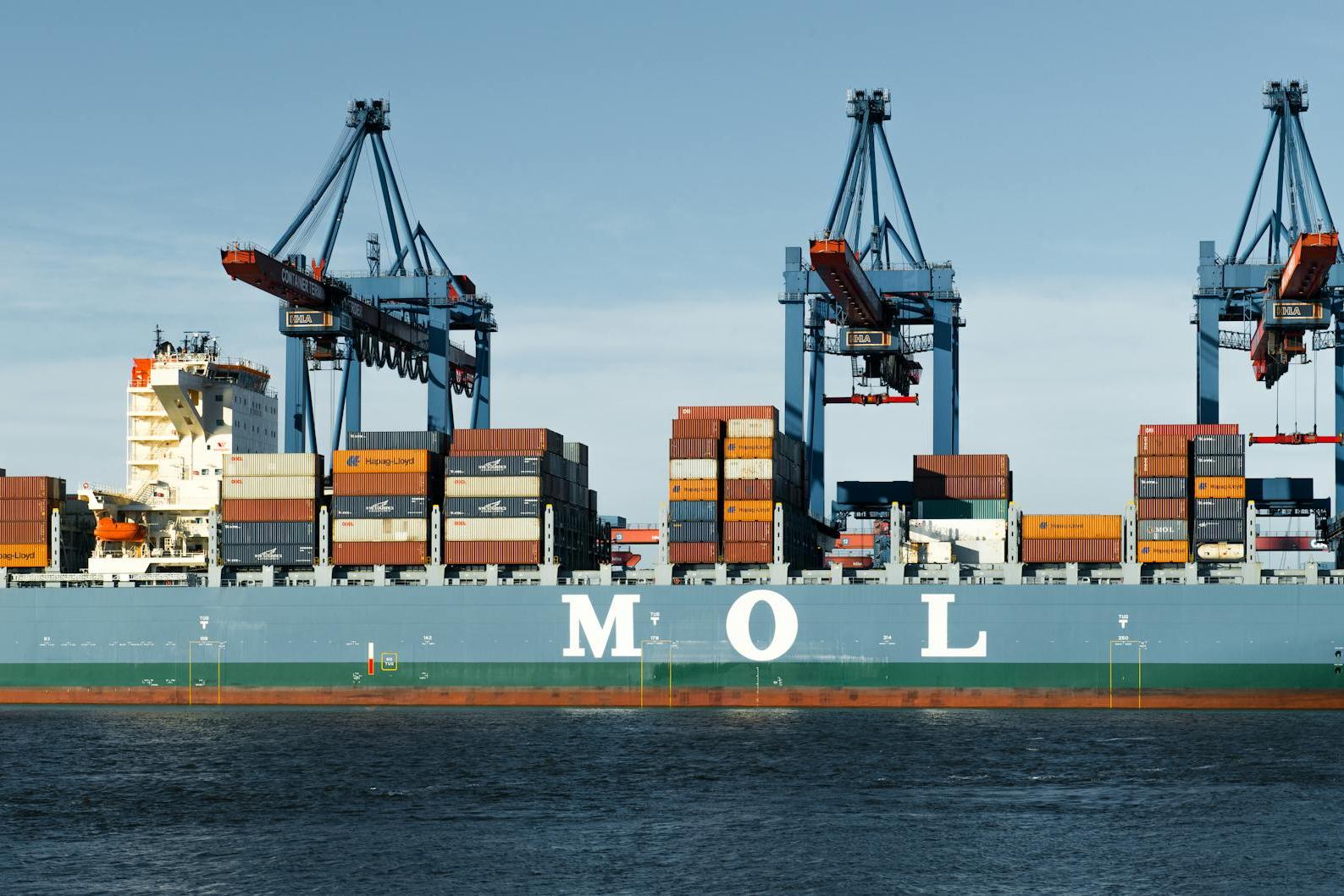
Poultry Meat Export: International Trade on the Tip of the Tongue
As a seasoned foreign trade professional with 20 years of experience, I have witnessed the remarkable transformation of China's poultry products from "going global" to "excelling globally." High-protein, low-fat poultry products are now conquering dining tables worldwide with their "Chinese flavors." However, to ensure smooth customs clearance, it's essential to understand the "rules of the game" at customs.
Enterprise Filing: The "Admission Ticket" for Export
Just like needing to enroll in driving school before getting a license, poultry exports must first pass the registration stage:
- Production enterprise records: Submitting an application through "Internet + Customs" is as convenient as making an appointment for government services on an administrative platform.
- Overseas Registration: Equivalent to obtaining a "visa" for the target market, it requires the endorsement of the General Administration of Customs as the "recommender".
- Farm filing: Raw material traceability is the foundation, and the list of records published by customs is the "white list."
Export Declaration: The "Triad" of Customs Clearance
This stage is like taking a music exam, requiring perfect execution of three movements:
- First Movement:Inspection of vaccinesApply: Submitting electronic documents is like handing over a musical score, with customs document reviewers acting as the "chief examiners."
- Second Movement: On-site Inspection:The system randomly "selects a candidate," and the chosen goods must undergo a "talent show."
- Third Movement: Comprehensive Evaluation: Customs "judges" will provide the final "score" based on the importing country's standards.
Certificate Issuance: The "International Passport" of Products
Qualified poultry products will receive three types of "passes":
- Standard Certificate: A "regular passport" that meets the conventional requirements of the importing country
- Special certificates: For the "visa page" with specific requirements, special approval from the General Administration of Customs is required.
- Non-conformance notice: Equivalent to a "rejection letter," but allows for a "retake" (technical processing).
Port inspection: the final "security checkpoint"
Just like pre-boarding security checks, customs will focus on inspecting:
- Check whether the "ID" information of the goods (such as product name, batch number, etc.) is consistent.
- Is it within the "shelf life"?
- Is the packaging intact?
In this process, goods found with issues, like passengers carrying prohibited items, will be "denied boarding."
Corporate Daily: The "Mandatory Course" of Quality Management
We recommend enterprises establish six major systems:
- Supplier Evaluation System – Ensuring "Procurement Quality"
- Incoming Goods Inspection System — Ensuring "Warehouse Entry Inspection"
- Production Record System — Documenting the "Growth Archive"
- Factory Inspection System—Completing the "Final Exam"
- Traceability System — Tracking the "Past and Present"
- Nonconforming Product Disposal System — Establishing a "Recycle Bin"
Risk Prevention and Control: The "Airbag" for Exports
In my 20 years of professional experience, Ive summarized three key points:
- Dynamic tracking: Changes in importing country regulations are like weather – require real-time monitoring
- Emergency drills: Establish a "fire emergency plan" for food safety
- Compliance culture: Make quality awareness part of the corporate DNA
Remember, poultry export is not a 100-meter sprint but a marathon that requires full-course control. As long as we steadily advance according to the customs' "roadmap," Chinese poultry will surely spread its aroma across the world!


 Follow Customer Service WeChat
Follow Customer Service WeChat